As the Russo-Ukrainian War edges toward a potential turning point with the June 2 peace summit in Istanbul, a deeper crisis within the European Union is coming into sharp focus. Slovakia’s vocal opposition to Germany’s push for escalated military and financial support for Ukraine has exposed a profound rift in the EU’s strategy, raising questions about the bloc’s unity and long-term approach to the conflict. In this analysis, Régis de Castelnau, a French lawyer and geopolitical commentator, explores why Slovakia’s defiance is revealing Germany’s role in the EU’s Ukraine crisis at this critical moment.
Slovakia’s Break from the EU Consensus
Slovakia, under Prime Minister Robert Fico, has emerged as a thorn in the EU’s side. Fico, who returned to power in 2023 with a pro-Russian stance, has consistently opposed EU sanctions on Russia and halted military aid to Ukraine, a stark reversal from Slovakia’s earlier support under leaders like Zuzana Čaputová. In January 2025, Fico escalated tensions by threatening to cut financial support for over 130,000 Ukrainian refugees in Slovakia after Kyiv shut off a key Russian gas pipeline, costing Slovakia millions in transit fees. Fico called the move “sabotage,” while Ukrainian President Volodymyr Zelenskyy accused him of aiding Russia’s war efforts.
Slovakia’s defiance isn’t new, but its timing is significant. With peace talks looming, Fico’s government has doubled down, criticizing the EU’s—and particularly Germany’s—strategy as misguided. Fico has argued that the West’s approach, focused on arming Ukraine, has failed to resolve the conflict and has instead deepened Europe’s economic woes. This stance aligns with domestic sentiment: protests in Bratislava, with up to 60,000 rallying in January 2025 under the slogan “Slovakia is Europe,” reflect growing frustration with Fico’s pro-Moscow policies, yet his base remains loyal, driven by economic hardship and energy dependency on Russia.
Germany’s Role in the EU’s Ukraine Strategy
Germany, under Chancellor Friedrich Merz, has positioned itself as the EU’s leader in supporting Ukraine. Since the war’s onset in 2022, Berlin has undergone a dramatic policy shift, dubbed the Zeitenwende (turning point). Germany has committed €47.8 billion in bilateral aid to Ukraine as of March 2025, including advanced air defense systems like IRIS-T and Patriot, and has pushed for a €50 billion EU-wide fund for Ukraine’s reconstruction. Merz has also advocated for 5% of Germany’s GDP to be allocated to defense, signaling a more militarized approach to European security.
However, Germany’s leadership has exposed the EU’s fractures. Smaller nations like Slovakia, Hungary, and Bulgaria, heavily reliant on Russian energy, have resisted Berlin’s initiatives. Slovakia, for instance, faces a 6% inflation rate, exacerbated by a 10% rise in energy costs since 2024, following Ukraine’s pipeline closure. Fico’s government argues that Germany’s push for more military aid ignores the economic realities of smaller EU states, creating a one-size-fits-all policy that alienates members with divergent priorities.
Régis de Castelnau critiques Germany’s approach: “Berlin’s focus on military escalation has blinded it to the EU’s internal divisions. The Zeitenwende may have transformed Germany, but it has also revealed the EU’s inability to act as a cohesive unit. Slovakia’s resistance is a symptom of this failure.”
Why Now? The Timing of Slovakia’s Stand
Slovakia’s vocal opposition comes at a pivotal moment for several reasons:
- Peace Summit Pressure: The June 2 summit in Istanbul, following a May 16 prisoner swap, has heightened the stakes. Slovakia sees an opportunity to push for diplomacy over militarization, aligning with its view that the EU’s current strategy prolongs the war.
- Economic Strain: The EU’s sanctions on Russia have backfired for smaller economies. Slovakia’s loss of gas transit fees and rising energy costs have fueled domestic unrest, with Fico leveraging this to justify his stance. Germany’s €200 billion energy aid package for its own citizens, announced in 2022, has been a sore point, with critics like Poland accusing Berlin of prioritizing national interests over EU solidarity.
- EU Isolation: Slovakia’s pro-Russian policies have led to its exclusion from key EU forums. In March 2024, France did not invite Slovakia to a Ukraine-focused teleconference, citing fears of information leaks. Posts on X indicate Germany is now pushing to suspend EU funds to Slovakia and Hungary, with Chancellor Merz warning on May 26, 2025, that Slovakia risks losing funding if it deviates from EU values, particularly on Ukraine support.
- Shifting Geopolitical Dynamics: U.S. President Donald Trump’s push for a tripolar world order (see our previous post) and his focus on direct talks with Russia have left the EU struggling to assert its relevance. Slovakia’s defiance underscores the risk of the EU being sidelined if it cannot unify its approach.
The Broader EU Crisis
Slovakia’s actions reveal a deeper crisis in the EU’s Ukraine strategy. The bloc’s reliance on sanctions and military aid has not delivered a decisive outcome, with Russia still controlling 20% of Ukraine. Meanwhile, the economic fallout—4.3% inflation across the EU and a projected growth rate of just 0.6% in 2025—has strained member states. Germany and Italy, heavily dependent on Russian gas in the past, face potential recessions, while smaller nations like Slovakia grapple with poverty risks, with a 2.5% price hike potentially pushing 230,000 Slovaks into poverty.
De Castelnau argues, “The EU’s failure is not just tactical but existential. It has prioritized ideological alignment with Ukraine over the practical needs of its members. Slovakia’s stand forces a reckoning—can the EU remain united when its strategy benefits some at the expense of others?”
A Path Forward?
To address this crisis, the EU must rethink its approach:
- Balance Military and Diplomatic Efforts: The Istanbul summit offers a chance to prioritize diplomacy, ensuring the EU has a seat at the table alongside the U.S. and Russia.
- Support Smaller States: Germany should lead on energy subsidies and economic relief for nations like Slovakia, addressing the unequal burden of sanctions.
- Foster True Unity: The EU must engage in genuine dialogue, recognizing diverse national interests rather than imposing a German-led agenda.
Slovakia’s defiance is a wake-up call. As the EU navigates this Ukraine crisis, it must confront its internal divisions or risk further fragmentation at a time when unity is more crucial than ever.
For the latest updates on this story, visit Bullish Stock Alerts.

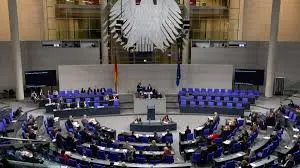


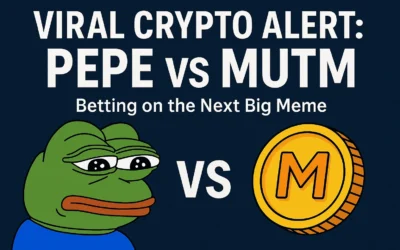
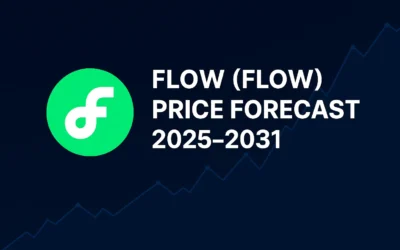
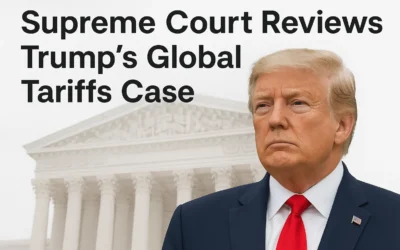
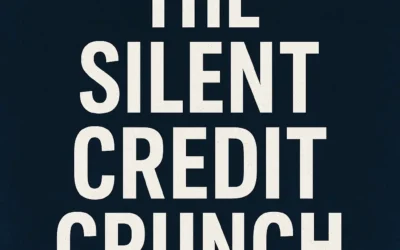
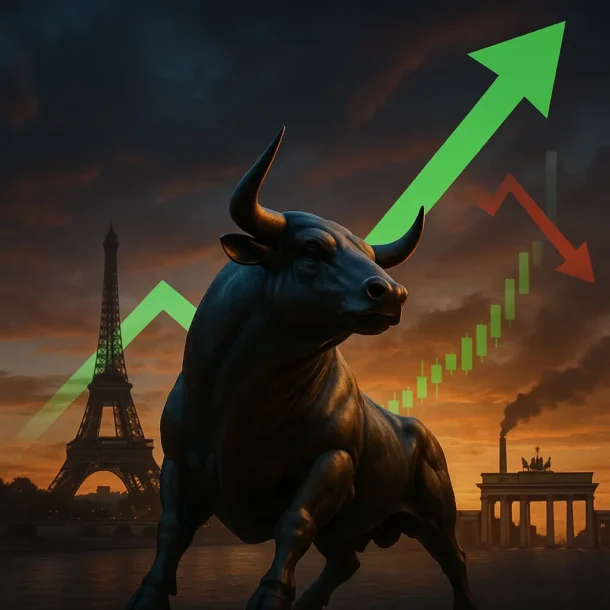
0 Comments